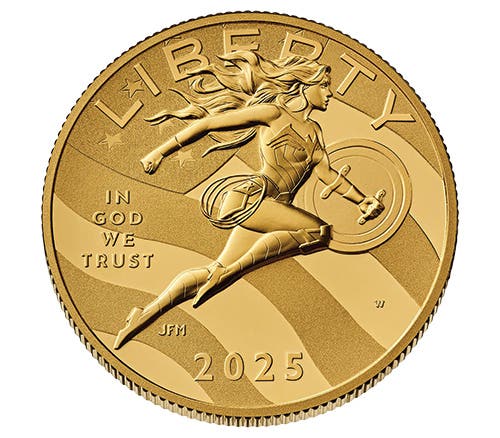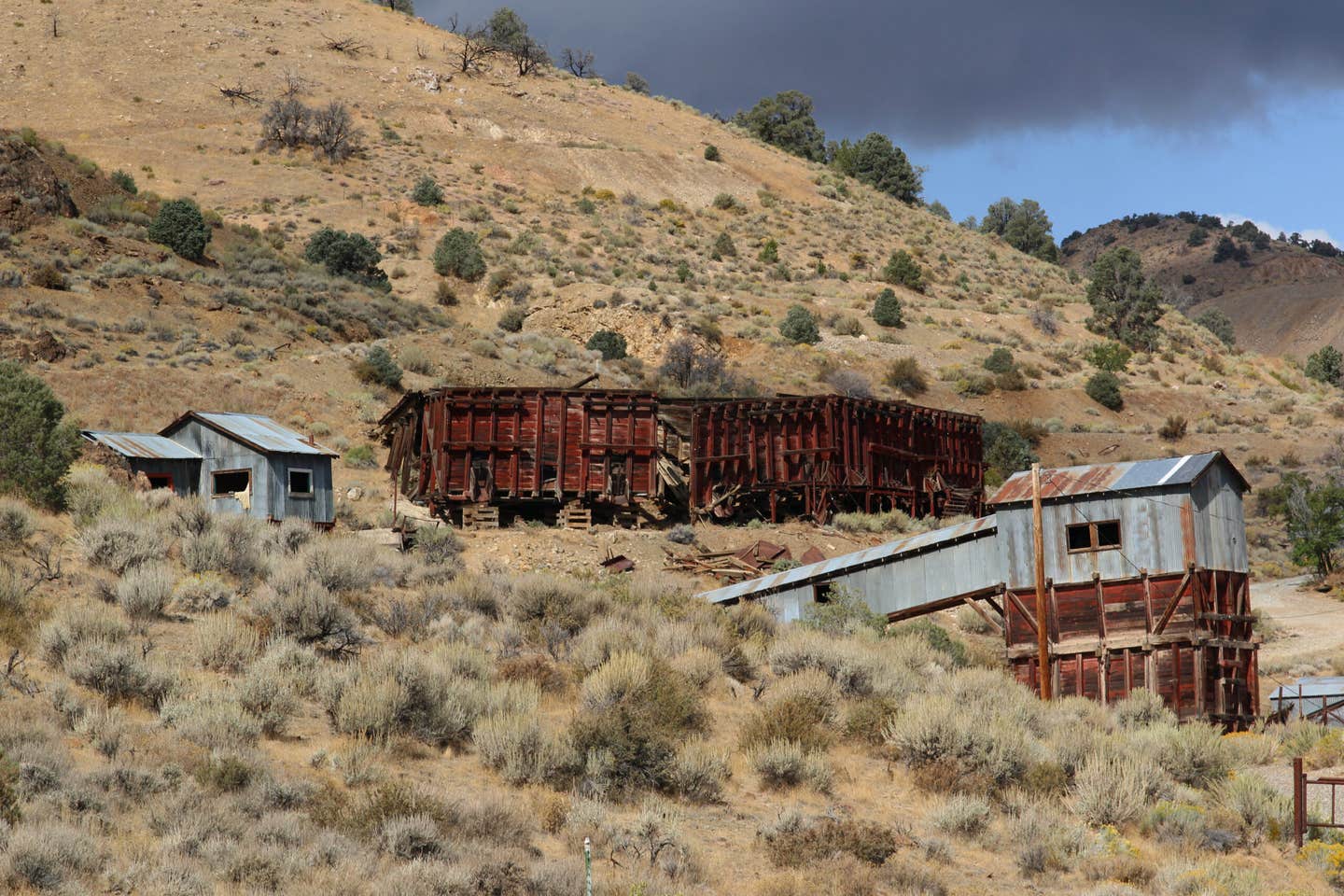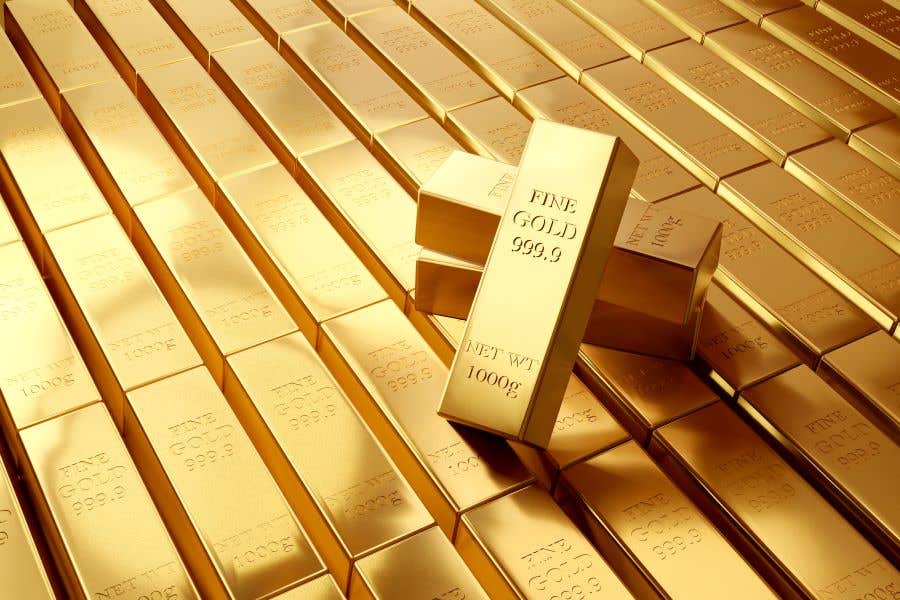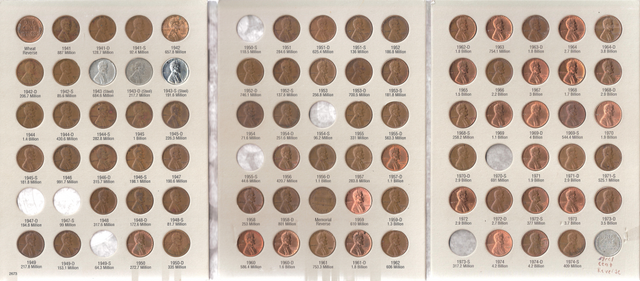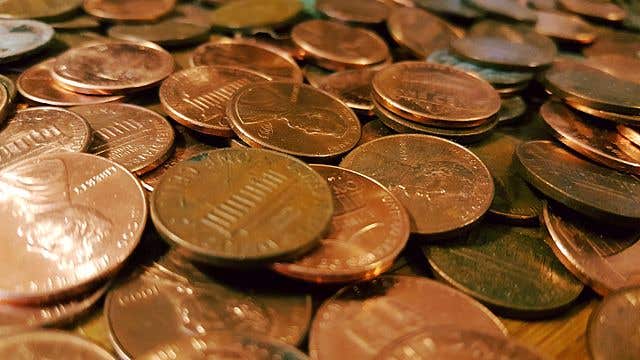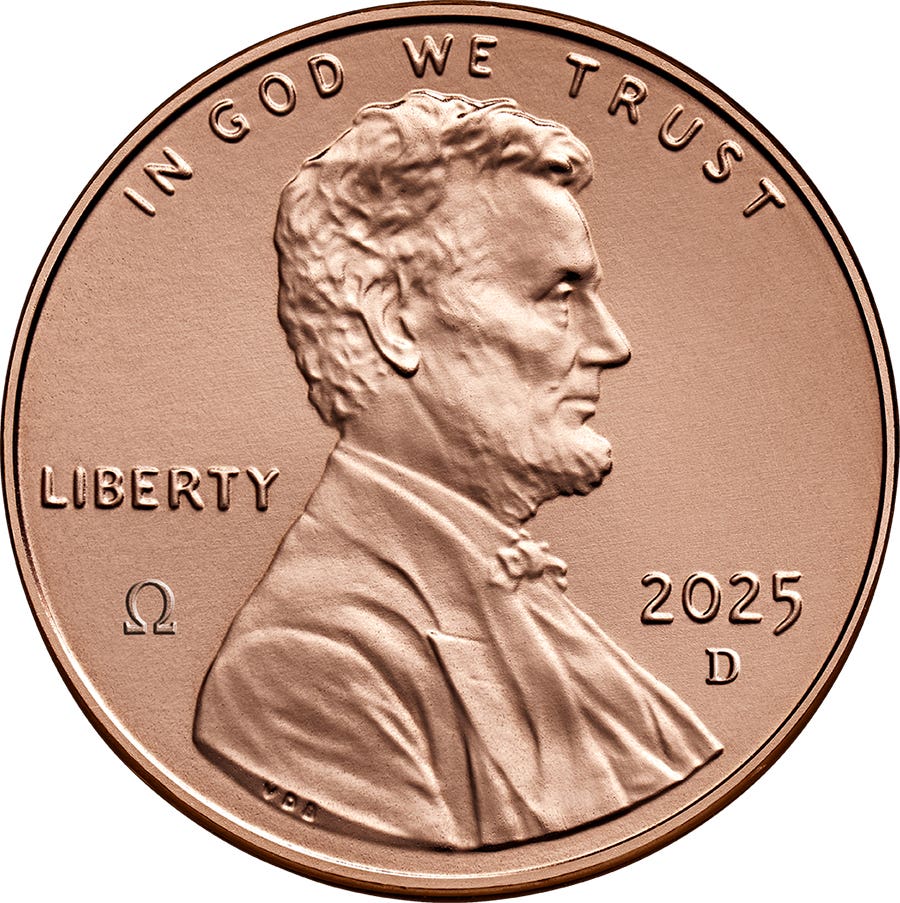Are You in Numismatics for the Long Term?
What do the following coin and currency collectors have in common? Bass, Brand, Eliasberg, Garrett, Green, Lilly, Newman, Norweb, Pitman and Schingoethe. The common theme is that these people spent…
What do the following coin and currency collectors have in common?
Bass, Brand, Eliasberg, Garrett, Green, Lilly, Newman, Norweb, Pitman and Schingoethe.
The common theme is that these people spent decades amassing impressive collections. All of these collections were far more valuable when sold than when acquired.
What happens if someone just wants to throw a lot of money at acquiring numismatic items in a short period of time?
In the late 1970s, along with trying to corner the silver market, the Hunt brothers also spent millions of dollars purchasing ancient coins, especially Greek, Roman (both by Nelson Bunker Hunt) and Byzantine (by William Herbert Hunt) issues. Once the COMEX changed the rules for trading silver in its market in early 1980, in an effort to thwart the Hunts’ plan to corner the silver market, the brothers sustained massive losses. Eventually they were both forced into bankruptcy, with their ancient coin holdings auctioned off in 1990 and 1991.
In acquiring their ancient coin holdings, the Hunts did acquire some impressive rarities. However, some dealers simply sold them hoards of common coins, which had little prospect of quick appreciation. As a consequence, when bulk quantities of these coins were dumped onto the market in 1990 and 1991, they mostly sold at significant losses. I have been told that some dealers who sold coins to the Hunts were more interested in converting slow moving parts of their inventories into cash than they were in suggesting quality rare coins to the Hunts.
In the late 1980s, Iranian businessman Iraj Sayah-Karaji exploded into the numismatic scene, spending tens of millions of dollars buying coins, focusing on classic U.S. $1 and $2.50 gold commemoratives. Dealers have told me of the experience of Sayah coming to their table at a coin show, asking for a price quote to purchase every coin in a showcase and then buying it all on the spot.
Sayah continued purchasing classic gold commemoratives, driving up prices significantly over a short time period. However, once his company tried to sell these coins at elevated levels, there were almost no other buyers. When Sayah’s company stopped being an aggressive buyer of these coins, prices stalled and then sank. Prices today are mostly 5 to 20 percent of where they were in June 1989. Sayah ended up sustaining massive losses.
In August 1993, the Federal Trade Commission challenged Sayah, his company Goddard Rarities of Los Angeles, Inc., dealer Dennis Goddard and Goddard’s company Goddard Rarities, Inc. (a sister company of Sayah’s) with deceptively marketing coins as an excellent, low-risk investment. The parties settled with the FTC in 1994. Goddard’s company relinquished claims to its inventory in order to provide funds to compensate for losses sustained by the company’s customers. There were other requirements imposed on future business practices of both companies.
As Sayah was accumulating the classic U.S. $1 and $2.50 gold commemoratives, other dealers realized that the attempt to corner this market niche was destined to end in failure. That’s exactly what happened, with Sayah suffering millions of dollars in losses.
As I have warned previously, serious long term collectors have good prospects of cashing out their holdings at a profit. In contrast, those looking to make a fast buck without becoming serious numismatists too often ended up absorbing losses.
Patrick A. Heller was honored as a 2019 FUN Numismatic Ambassador. He is also the recipient of the American Numismatic Association 2018 Glenn Smedley Memorial Service Award, 2017 Exemplary Service Award, 2012 Harry Forman National Dealer of the Year Award and 2008 Presidential Award. Over the years, he has also been honored by the Numismatic Literary Guild (including in 2021 for Best Investment Newsletter), Professional Numismatists Guild, Industry Council for Tangible Assets and the Michigan State Numismatic Society. He is the communications officer of Liberty Coin Service in Lansing, Mich., and writes Liberty’s Outlook, a monthly newsletter on rare coins and precious metals subjects. Past newsletter issues can be viewed at www.libertycoinservice.com. Some of his radio commentaries titled “Things You ‘Know’ That Just Aren’t So, And Important News You Need To Know” can be heard at 8:45 a.m. Wednesday and Friday mornings on 1320-AM WILS in Lansing (which streams live and becomes part of the audio archives posted at www.1320wils.com).




